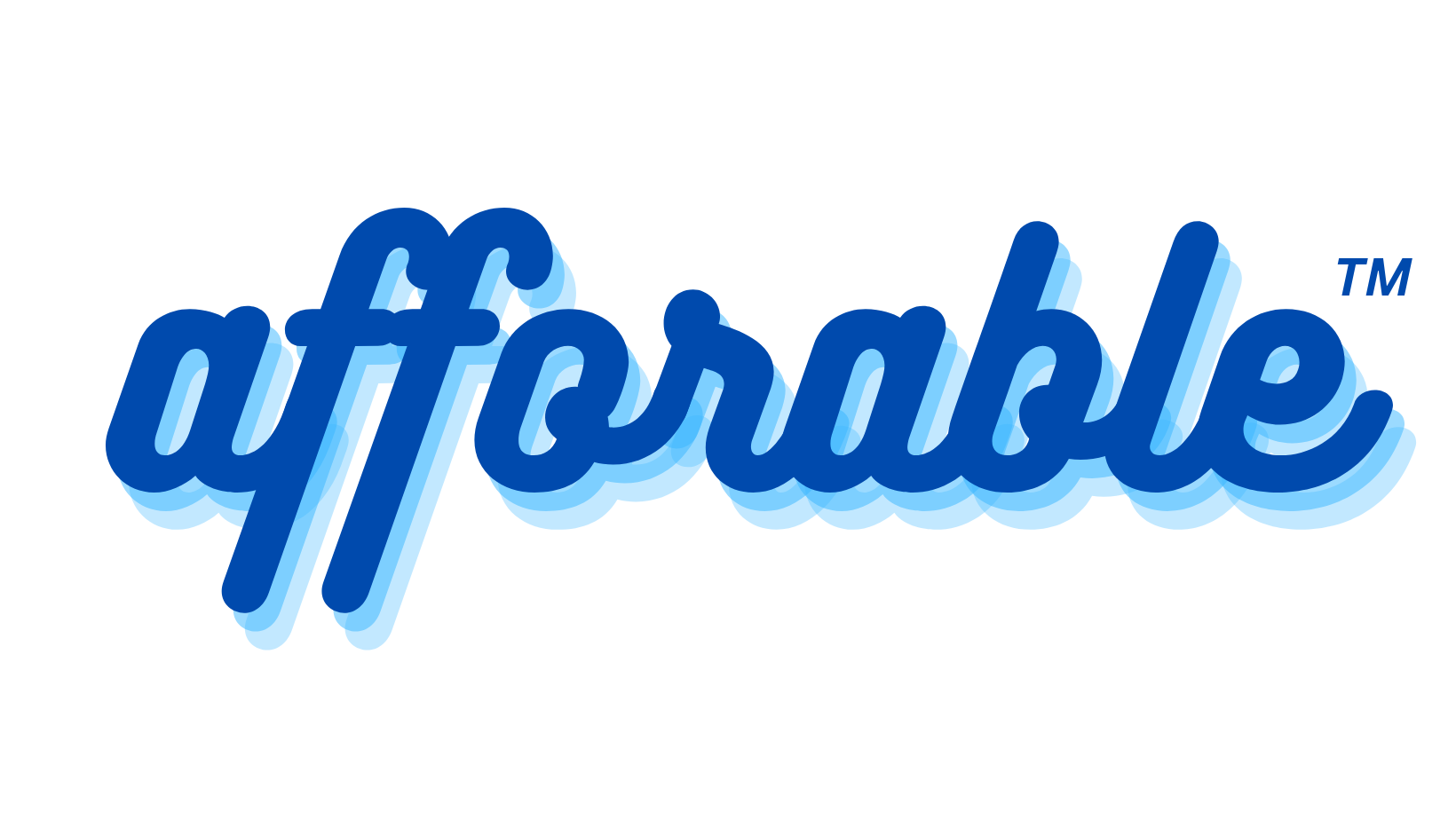Selecting the right health insurance plan is a crucial decision that can greatly impact your well-being and financial security. While there is no one-size-fits-all answer to which health insurance plan is the best, this article will guide you through the process of evaluating your options and making an informed choice that aligns with your unique needs and circumstances.
1. Assess Your Healthcare Needs
The first step in choosing the right health insurance plan is to assess your healthcare needs. Consider factors such as:
- Your health and the health of your family members
- Any ongoing medical conditions or prescriptions
- Anticipated healthcare expenses
- Preferred healthcare providers or network restrictions
2. Types of Health Insurance Plans
Understanding the different types of health insurance plans is essential. The most common options include:
- Health Maintenance Organization (HMO): These plans typically require you to select a primary care physician and obtain referrals to see specialists. They often have lower premiums but more limited network options.
- Preferred Provider Organization (PPO): PPO plans offer more flexibility in choosing healthcare providers, including out-of-network options. They have higher premiums but lower out-of-pocket costs for in-network care.
- Exclusive Provider Organization (EPO): EPOs are a hybrid between HMOs and PPOs, offering a limited network like HMOs but without the requirement for referrals.
- Point of Service (POS): POS plans combine elements of HMO and PPO plans. You’ll have a primary care physician and need referrals for specialists, but you can also seek care outside the network.
- High-Deductible Health Plan (HDHP): HDHPs come with higher deductibles but lower premiums. They are often paired with Health Savings Accounts (HSAs), providing tax benefits for healthcare expenses.
3. Network Considerations
Consider the network of healthcare providers associated with each plan. If you have preferred doctors or specialists, ensure they are in-network. Be mindful of network restrictions, especially with HMOs, which may require referrals.
4. Financial Considerations
Evaluate the financial aspects of each plan, including:
- Premiums: The monthly cost you pay for insurance.
- Deductibles: The amount you must pay out of pocket before your insurance coverage kicks in.
- Co-payments and Coinsurance: The amounts you pay for each medical service or prescription.
- Out-of-Pocket Maximum: The most you will have to pay for covered services in a plan year.
5. Consider Additional Benefits
Health insurance plans often offer additional benefits, such as dental and vision coverage, mental health services, wellness programs, and maternity care. Assess these options to determine which align with your needs.
6. Compare Plans
Once you have a clear understanding of your healthcare needs and the different types of plans available, use online tools or speak with insurance representatives to compare plans. Pay attention to the total cost of each plan, which includes premiums, deductibles, and anticipated out-of-pocket expenses.
7. Seek Expert Guidance
If you find the process overwhelming, consider consulting with a healthcare insurance broker or a trusted financial advisor. They can provide personalized recommendations based on your unique situation.
8. Read the Fine Print
Before making a final decision, carefully read and understand the terms and conditions of the insurance policy, including coverage limits, exclusions, and any waiting periods for specific treatments or pre-existing conditions.
Conclusion
The best health insurance plan is one that aligns with your healthcare needs, budget, and preferences. There is no one-size-fits-all solution, and the right plan will vary from person to person. Take the time to assess your situation, compare your options, and make an informed decision to ensure your healthcare needs are met while providing financial security.

